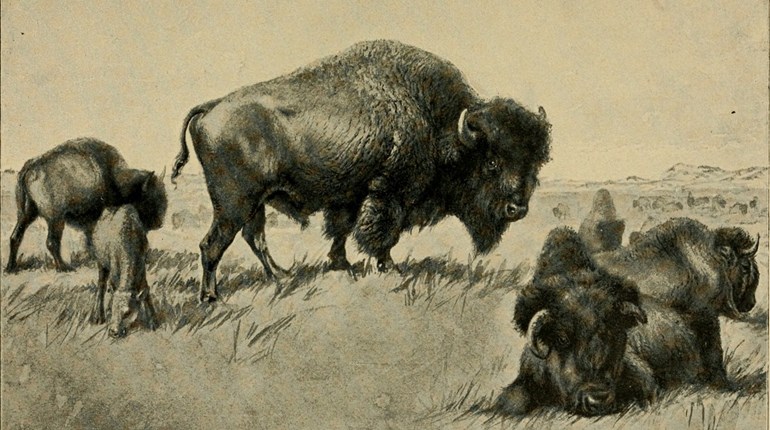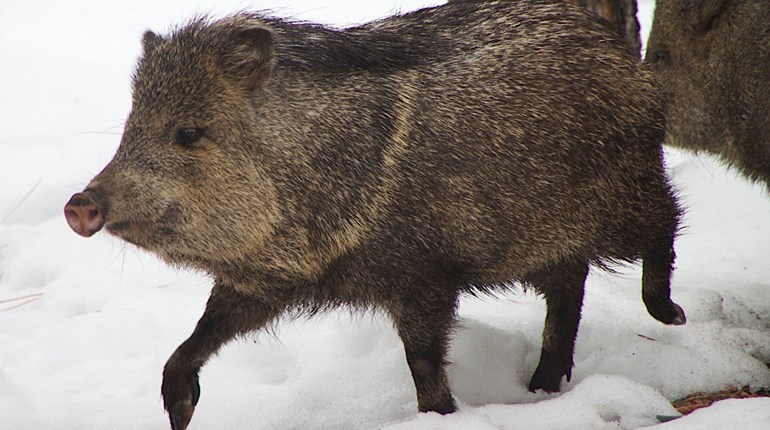
Whether they’re called feral cats, stray cats, free-ranging cats, ditch tigers or footloose felines, most people know that domestic cats prey heavily on small birds and little critters if allowed to roam outdoors.
For instance, a comprehensive 2013 study estimated that Kitty, Socks and Simba combine to kill 1.4 to 3.7 billion birds and 6.9 to 20.7 billion small mammals annually in the United States. That toll far exceeds the estimated 10 million to 1 billion birds that die when striking windows.
Most folks also know thoughtless owners are the real culprit, and that nonlethal controls on roaming cats don’t work. For instance, seven scientific studies from 2003 through 2010 found no evidence that trap-neuter-and-release programs reduce cat numbers and their impacts.
But the impacts of America’s estimated 148 million to 188 million domestic cats aren’t limited to what they kill with tooth or claw. Cats also can spread ailments, including a parasitic disease called toxoplasmosis, to white-tailed deer—and people—whenever pooping outdoors.
According to research in the October 2014 issue of EcoHealth, feral cats in northeastern Ohio are likely the driving force in Toxoplasma gondii (T. gondii) parasitic infections in whitetails. The study’s lead author, Gregory A. Ballash at Ohio State University, conducted the research in urban and suburban Cleveland, and found 60 percent of whitetails and 52 percent of feral cats tested positive for the T. gondii parasite. The disease was more common in deer and cats living in urban areas (which have more homes and people) than in suburban areas.
These parasites can’t reach maturity except through a cat’s digestive system. Cats are the only known host that can complete the parasite’s life cycle. Once mature and “deposited” back into the environment, the parasites can cause toxoplasmosis, which infects people who contact it in food, soil or water contaminated by cat feces. This includes contaminated meat—especially pork, lamb or venison—that isn’t thoroughly frozen or cooked.
Dangerous Deposits
One cat can deposit hundreds of millions of “oocysts,” cysts that contain the parasite’s cells, which remain infectious up to 18 months. Deer presumably ingest these cysts when consuming cat-contaminated plants, soils, water or vegetation.
Owners who let their cats roam outdoors are at the greatest risk of exposure and infection. Others who are susceptible are gardeners, or kids playing in sandboxes or landing in sand or dirt beneath slides or swing sets.
The risks vary, depending on how many cats roam a given area. Those risks escalate where people maintain outdoor feeding spots for cats, which cause more interactions and concentrate contaminants. Further, the older the deer or cat, the more likely it carries the disease, probably because it’s been exposed more often to oocsysts. Ballash reported 36 percent infection rates in fawns, but 71 percent in yearlings and 70 percent in adult deer.
Little is known about how toxoplasmosis affects whitetails, but it can produce flu-like symptoms in people, including fevers, headaches, swollen glands, muscle pain and stiff necks. Pregnant women should be especially careful. The disease has been linked to miscarriages, and babies born with it are at risk of blindness, hearing loss and mental retardation if left untreated.
Those who eat the venison of deer from urban and suburban settings (toxoplasmosis is less common in rural areas) should wear latex gloves while gutting and processing deer. They should also carefully wash their hands, utensils and cutting boards afterward.
Weighing the Risks
Before swearing off venison, realize toxoplasmosis can also be transmitted through meat from livestock. A 1981 study by Karen Oertley at the University of Georgia found 24.4 percent of Southeastern deer carried toxoplasmosis. For comparisons, Oertley reviewed meat infections in commercial slaughterhouses, and found toxoplasmosis infection rates of up to 64 percent in sheep, 45 percent in swine, and 38 percent in cattle.
That might explain why T. gondii is one of the most common parasites transmitted to humans. One estimate is 30 to 60 percent of American adults have been exposed to the parasite, but it seldom triggers disease except in those with weakened immune systems.
Even though little is known about how toxoplasmosis affects whitetails, tests in laboratory rats found the disease makes them lose their fear of cats and become sexually aroused by feline odors. Also, a 2007 study of California sea otters found some strains of toxoplasmosis left otters more susceptible to sharks. Behavioral changes are significant enough in animals that researchers are studying its possible links to human schizophrenia. In fact, laboratory tests found that some antipsychotic and mood-stabilizing medications partially reversed the lab rats’ behavioral changes.
But toxoplasmosis isn’t the only risky cat-related disease. According to The Wildlife Society, cats make up only a small percentage of mammals identified as rabies carriers, yet they cause disproportionate numbers of human exposures to the deadly virus. In New York from 1993 to 2002, cats accounted for 2.7 percent of animals infected with rabies, but caused 33 percent of all human exposures to rabies.
That’s yet another reason why people shouldn’t feed cats outside. A February 2015 study documented increased visits by skunks, which can transmit rabies to cats, where cat food is present outdoors. For the sake of wildlife and our own species, it’s best to keep cats, their food and their “business” indoors.





































